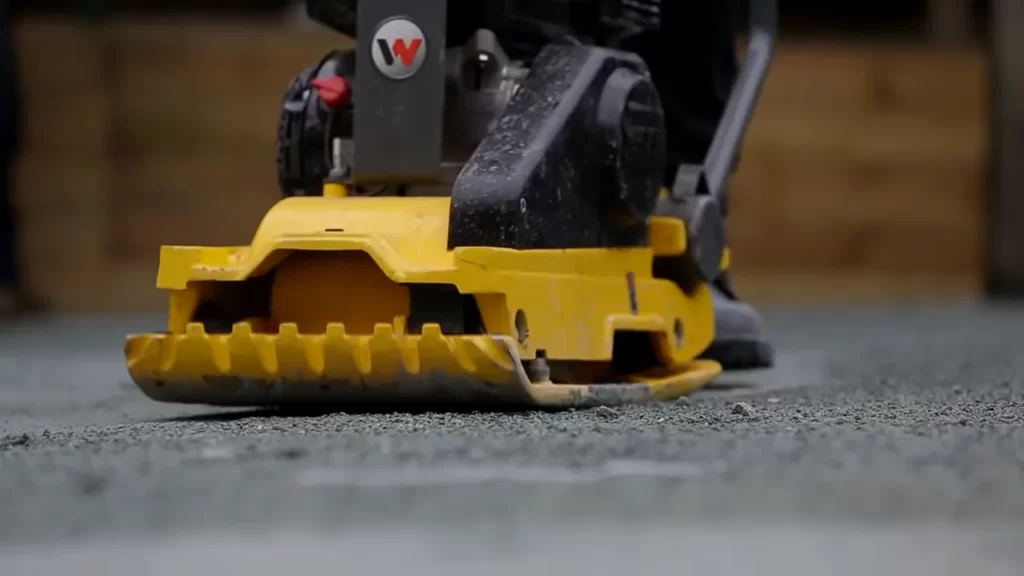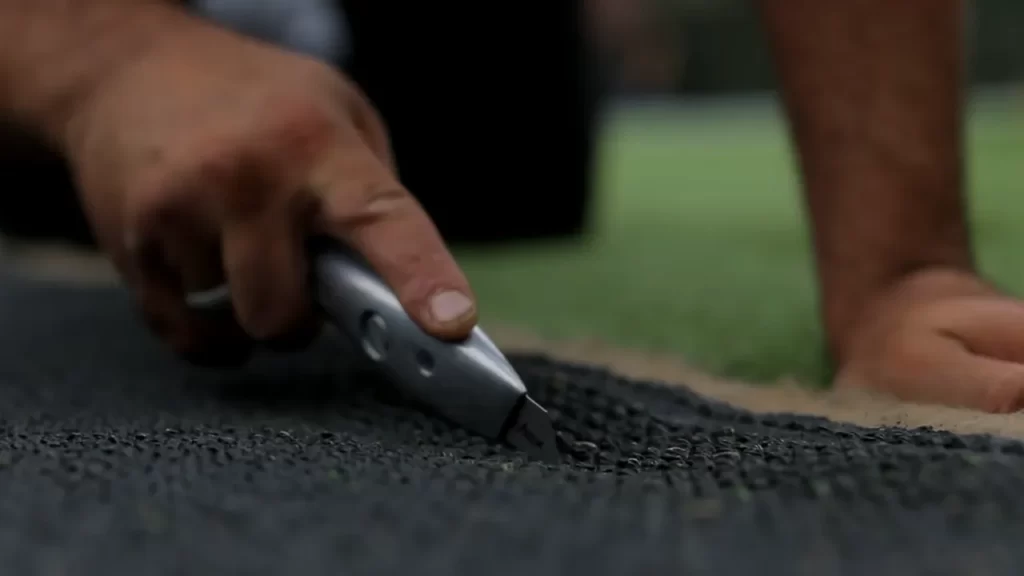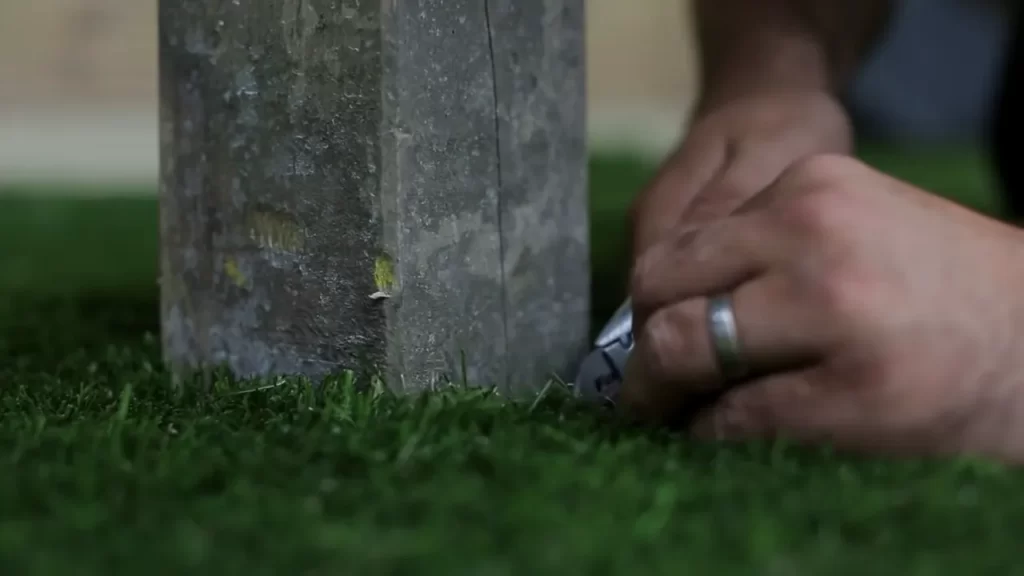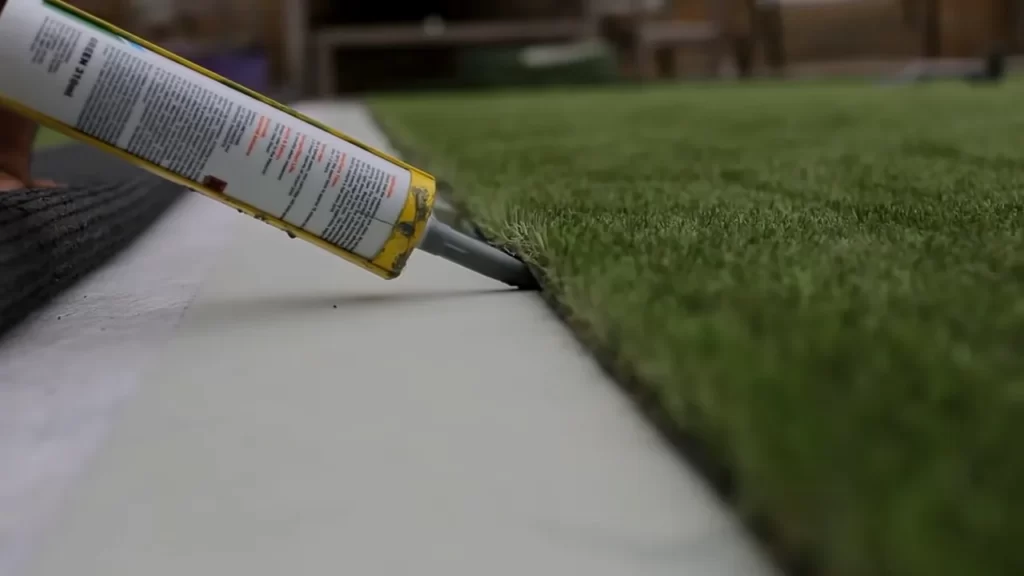Installing artificial grass yourself is a simple process and can be done by following these steps.
Choose The Right Artificial Grass For Your Project
html
When installing artificial grass, it is important to determine the purpose for which you are using it. Do you plan to create a lush green lawn in your backyard or are you looking to enhance the aesthetics of your balcony or rooftop garden? Understanding the purpose will help you select the appropriate type of artificial grass that suits your needs. Assess the Durability and Quality of the Grass

The durability and quality of the artificial grass are crucial factors to consider. Look for grass that is designed to withstand heavy foot traffic and various weather conditions. High-quality artificial grass will have strong fibers that do not easily fray or fade over time. Consider artificial grass made with durable materials, as it will ensure longevity and minimal maintenance in the long run.
The pile height refers to the length of the grass blades. Depending on your preference, you can choose artificial grass with a shorter or longer pile height. Additionally, the density of the grass is important as it determines how thick and lush the overall appearance will be. Higher density grass will provide a more realistic look and feel.
Artificial grass comes in a wide range of colors and shades. Consider the surrounding environment and your personal preference when selecting the color and shade. Choosing a realistic shade that complements your existing landscape or outdoor décor will result in a more seamless and visually appealing installation.
Prepare Your Lawn For Artificial Grass Installation
Prepare Your Lawn for Artificial Grass Installation
To ensure a successful installation of artificial grass, it is crucial to properly prepare your lawn beforehand. Here are the essential steps:

- Remove Existing Grass and Weeds: Begin by removing any existing grass and weeds from the area where you plan to install the artificial grass. Use a weed killer or manually pull them out.
- Level the Ground and Fill in Any Depressions: Next, ensure the ground is leveled by filling in any depressions or uneven areas. This will provide a smooth and even surface for the artificial grass.
- Compact the Soil to Ensure a Firm Base: Use a soil compactor or simply walk over the area to compact the soil. This will create a firm and stable base for the artificial grass, preventing any future sinking or shifting.
- Install Edging to Define the Area: Finally, install edging around the perimeter of the area to define where the artificial grass will be placed. This will help keep the grass in place and create a clean and polished appearance.
By following these steps, you can successfully prepare your lawn for the installation of artificial grass and achieve a professional-looking result.
Installing The Artificial Grass
Installing artificial grass can be a great DIY project. To start, you’ll need to measure and cut the artificial grass to fit your desired area. Make sure to leave a little extra to trim later. Next, lay out the underlay and weed membrane to create a stable base for your grass. This will help prevent weed growth and provide a smooth surface for installation.

Once the underlay is in place, secure the artificial grass by using ground anchors. These will keep the grass securely in place, especially in windy conditions. To create seamless edges and seams, use adhesive or tape specifically designed for artificial grass. This will ensure a clean and professional finish.
After everything is secured, trim any excess grass and neaten the edges. This will give your installation a polished look. Be careful not to cut too close to the edges, as this may cause the grass to come loose.
Installing artificial grass yourself can be a rewarding and cost-effective option. Following these steps will help you achieve a beautiful and long-lasting artificial grass installation.
Finishing Touches And Maintenance
If you are planning to install artificial grass yourself, there are a few finishing touches and maintenance steps you should follow to ensure its longevity. One optional step is to spread silica sand for infill. This helps to stabilize the grass and keep it in place. After spreading the sand, brush the grass using a stiff bristle broom to ensure proper alignment of the blades. This will also help the sand to distribute evenly. Another important step is to rinse the grass with water regularly to remove debris such as leaves, dirt, and pet hair. This can be done using a garden hose or a power washer on a low setting. Lastly, it is important to regularly clean and maintain the artificial grass to prevent the growth of mold or mildew. Using a mild detergent along with water will help keep the grass looking fresh and clean.
Tips And Tricks For Diy Artificial Grass Installation

Installing artificial grass can be a DIY project if you plan and prepare the area properly. Start by measuring the area accurately and clearing it of any existing vegetation. Make sure to remove any debris or rocks and level the ground using a rake or roller.
Using the right tools and equipment is crucial for a successful installation. You will need a turf cutter or hand tools to remove any existing grass, a compactor to create a firm base, and a sharp utility knife to trim the artificial grass. Additionally, use landscape fabric to prevent weed growth and ensure proper drainage.
Installing artificial grass can be a labor-intensive task, so involving friends or family for assistance is recommended. They can help with lifting and carrying heavy rolls of artificial grass and provide an extra set of hands during the installation process.
Lastly, carefully follow the manufacturer’s instructions for the specific type of artificial grass you are using. This will ensure that you install it correctly and avoid any issues in the future. Pay attention to details such as the direction of the grass fibers and the recommended seaming method.
Frequently Asked Questions Of How To Install Artificial Grass Yourself
Can You Install Artificial Grass By Yourself?
Yes, you can install artificial grass by yourself. It is a DIY project that can be done easily. Just follow the instructions provided with the artificial grass and use the proper tools. It can save you money and give you the satisfaction of a job well done.
How Do You Prepare Ground For Artificial Grass?
To prepare the ground for artificial grass, follow these steps: 1. Remove existing turf and any debris. 2. Level the ground and compact it using a roller or tamper. 3. Install a weed barrier to prevent weed growth. 4. Apply a layer of crushed rock or sand for drainage.
5. Finally, lay the artificial grass and secure it properly.
What Do You Put Under Artificial Grass?
The most common material to use under artificial grass is a compacted gravel base, which provides stability and proper drainage. Other options include a geotextile fabric to prevent weed growth and sand infill to enhance the grass’s performance and appearance.
Conclusion
Installing artificial grass on your own can be a cost-effective and rewarding endeavor. By following the step-by-step guide outlined in this blog post, you can transform your outdoor space into a beautiful and low-maintenance area. From preparing the ground and laying the turf to securing it in place, the process is relatively simple.
With a little patience and effort, you’ll soon be enjoying the lush green look of your new artificial grass. Happy installing!
